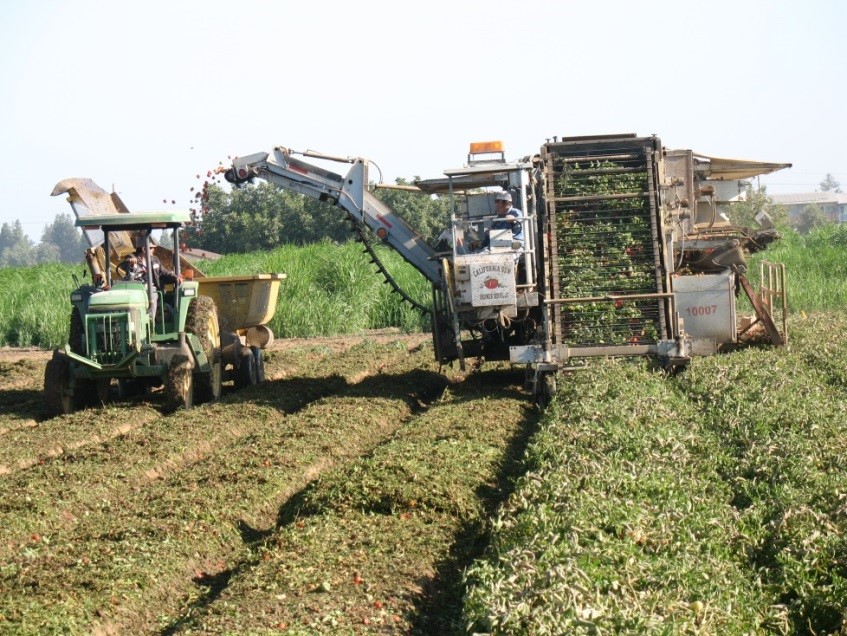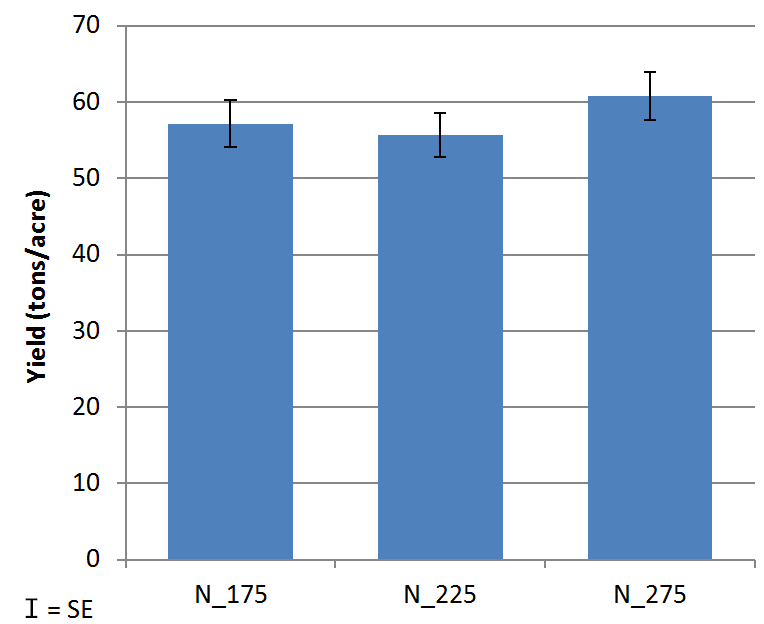Project Title: “Developing a decision support tool for processing tomato irrigation and fertilization in the Central Valley based on CropManage”
Project Leader: Daniel Geisseler
Location: Statewide
Overview: This project aims to develop web-based decision support for improved N and irrigation management of processing tomatoes on the CropManage web tool.
Issue: California growers are facing increasing pressure to improve nitrogen (N) use efficiency in crop production. To achieve high yields while reducing the risk of N losses, irrigation water requirements and fertilizer applications need to match crop demand. Adjustments to irrigation and fertilization practices are generally needed on a field-by-field basis.
Impact: The beneficiaries of this project are the approximately 275 enterprises producing processing tomatoes in California on 288,000 acres of cropland (USDA NASS, 2015). The decision support tool will facilitate record keeping and make in-season recommendations for irrigation and N fertilization based on current weather data and field-specific factors. Growers and consultants choosing not to use CropManage will also benefit from the data collected and presented at outreach events, allowing them to improve water and N use efficiency in their fields.
Approach: For the past two years, the researchers have been collecting data to add processing tomatoes to the CropManage platform. They collected two years of data on canopy cover, aboveground biomass, soil moisture, and nitrogen uptake across different varieties. In the past year, they monitored commercial processing fields for soil N, canopy development, N uptake and fertilization, and an additional replicated field trail to evaluate different irrigation and fertigation treatments. This information, in addition to previous research, will help create a platform for processing tomatoes on CropManage.
Preliminary Results: The yield difference between treatments with a N application rate of 225 lbs/ac, 275 lb/ac, and 175lb/ac was not statistically significant (Figure 1). There was an observed luxury consumption of N in the treatments that received more N (N_275). The excess N may have accumulated in the fruit, which may explain the lack of variance in yield across treatments. Additionally, in the deficit N treatment (N_175), there may have been more soil N mineralization that contributed the necessary N.
What’s next: Dr. Geisseler has already presented these results at nine events over the past two years and CropManage presentations are being planned for this winter. Check out the FREP Calendar for more upcoming outreach events for this project.


